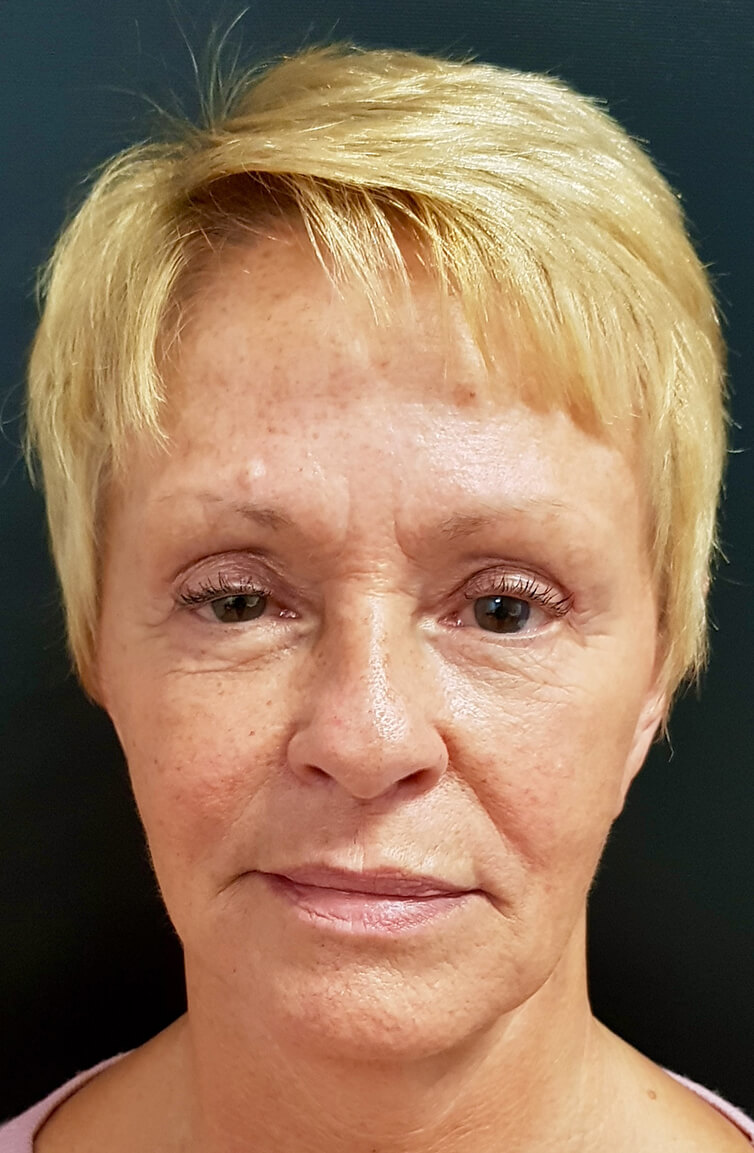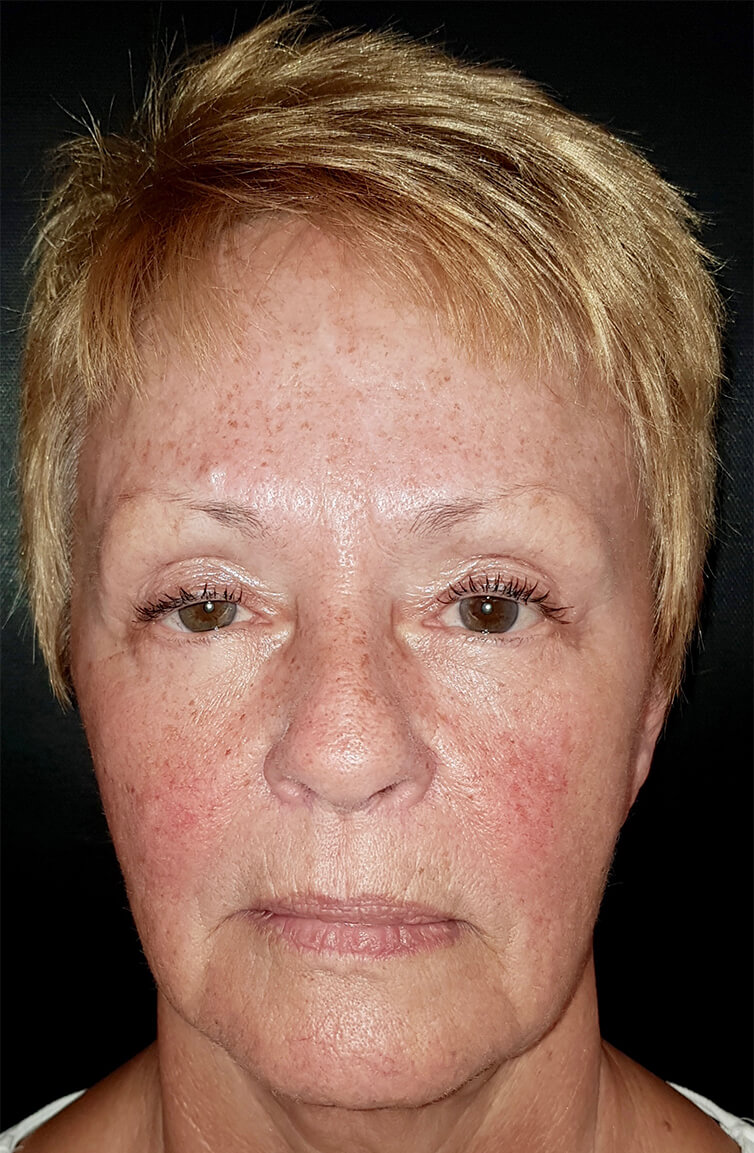Buried Canine Treatment
Impacted teeth are teeth that have failed to grow correctly and have not emerged above the gum line properly.
This can be a complete impaction or partial where just part of the tooth is visible. An impacted tooth affects both function and appearance and can start to affect the surrounding teeth.


Am I a good candidate for buried canine treatment?
If not treated, impacted teeth can cause tooth and gum decay, infection, abscesses and cysts and can cause damage to the surrounding teeth. The canine teeth are important and it is necessary to expose the buried canine and then move it into the correct position. At your consultation Mr Afshin Yousefpour will explain both the benefits and complications associated with treatment.
During your consultation, Mr Yousefpour will examine the positioning and condition of the surrounding teeth by carrying out x-rays.
What does a buried canine treatment involve?
Canine teeth treatment is performed either under a local or general anaesthetic, depending on the complexity of the procedure. The tooth is usually exposed by making an incision in the gum. The options include removing the canine completely if it will not respond to orthodontic treatment. It can then be replaced by a dental implant.
Another option is to expose the canine tooth where it is then moved into correct position with orthodontic treatment. This is usually a lengthy process and can take up to two years. Sometimes you may need other teeth removed to make room for the canine teeth to come through.
What results can I expect from buried canine treatment?
It can take a while for buried canine treatment to work but patients are usually highly satisfied with the results.
